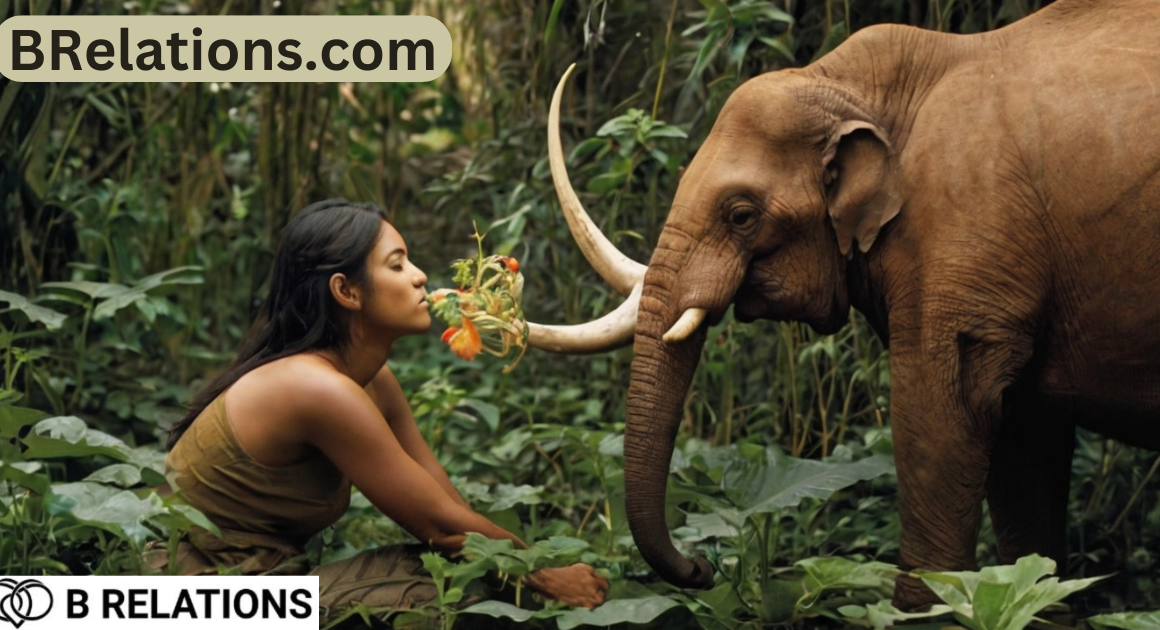Did you know that in nature, some species rely on each other for survival in the most unexpected ways? Symbiosis is like nature’s ultimate partnership, where different organisms team up to thrive together. Let’s dive into this fascinating world and uncover its secrets.

II. Exploring the Spectrum:
Clear Definitions:
In symbiosis, organisms live together, but the nature of their Symbiotic Relationship types varies:
Mutualism:
Both parties benefit.
Commensalism:
One benefits, the other is neither helped nor harmed.
Parasitism:
One benefits at the expense of the other.
Table Example:
| Symbiosis Type | Characteristics | Benefits | Examples |
|---|---|---|---|
| Mutualism | Both benefit | Increased survival, resources | Bees and flowers, Clownfish and anemones |
| Commensalism | One benefits, one neutral | Shelter, transportation | Barnacles on whales, Birds and trees |
| Parasitism | One benefits, one harmed | Nutrients, habitat, reproductive host | Tapeworms in intestines, Fleas on dogs |
Biologist E.O. Wilson once said, “Nature holds the key to our aesthetic, intellectual, cognitive, and even spiritual satisfaction.”

III. Unveiling the Benefits:
Mutualism in Action:
Think of cleaner fish that keep coral reefs healthy by removing parasites. Both parties win!
Commensalism Explained:
Barnacles hitching a ride on whales may seem like freeloaders, but they provide no harm and get a free ride.
Evolutionary Impact:
Symbiosis drives evolution by creating conditions where cooperation leads to survival.
IV. Beyond the Stereo Symbiotic Relationship types:
Debunking Myths:
Not all Symbiotic Relationship types are happy-go-lucky. Parasitism, for example, involves one organism exploiting another.

Focus on Diversity:
Symbiotic Relationship types aren’t limited to plants and animals. Microbes play a crucial role too!
Microbial World & Symbiosis:
In our gut, trillions of microbes help us digest food and stay healthy. It’s a symbiotic win-win!
V. A Closer Look at Mutualism:
Mutualism Variations:
Some mutualistic relationships are obligatory, like the Yucca moth and Yucca plant, while others are optional, like cleaner fish and larger fish.
Real-Life Stories:
Take the woodpecker bird and the rhinoceros. The bird gets food from the ticks on the rhino’s skin, and the rhino gets pest control. It’s a mutualistic match made in heaven!
Case Study:
Let’s delve into the fascinating partnership between mycorrhizal fungi and plant roots, where fungi provide nutrients in exchange for sugars from the plants.

VI. Conclusion
Symbiosis & Our World:
Just like in nature, cooperation among humans leads to greater success and sustainability.
Observe the world around you. Nature’s partnerships are everywhere, waiting to be discovered!
SEO Optimization:
Target Keywords: Symbiotic relationships, Mutualism, Commensalism, Parasitism, Examples of Symbiosis, Evolutionary Impact of Symbiosis, Microbial Symbiosis, Mutualism Variations, Benefits of Symbiotic Relationships, Challenges of Symbiotic Relationships, Symbiosis and Human Life.
Google Suggested Questions:
What are the different types of symbiotic relationships?
- Answer: Symbiotic Relationship types include mutualism, commensalism, and parasitism, each with distinct characteristics.
What is the difference between mutualism and commensalism?
- Answer: Mutualism benefits both organisms involved, while commensalism benefits one without affecting the other.
What are some examples of symbiotic relationships in nature?
- Answer: Examples include bees and flowers (mutualism), barnacles on whales (commensalism), and tapeworms in intestines (parasitism).
How does symbiosis contribute to evolution?
- Answer: Symbiosis drives evolution by promoting cooperation and benefit exchange among organisms.
Are all relationships between organisms symbiotic?
- Answer: No, not all relationships involve symbiosis. Some interactions may be neutral or harmful to one or both parties.
What are some examples of symbiosis beyond plants and animals?
- Answer: Microbial symbiosis, such as gut bacteria aiding digestion in humans, showcases symbiosis beyond traditional plant-animal relationships.
What are some common misconceptions about symbiosis?
- Answer: One common misconception is that all symbiotic relationships are mutually beneficial, whereas parasitism involves one organism benefiting at the expense of another.
What are the benefits of symbiotic relationships?
- Answer: Symbiotic relationships provide various benefits, including increased survival, access to resources, and evolutionary adaptation.
What are some challenges of symbiotic relationships?
- Answer: Challenges include competition for resources, potential conflicts of interest, and the risk of one partner exploiting the other.
How does symbiosis impact human life?
- Answer: Symbiosis impacts human life through microbial partnerships that influence health, agricultural practices, and ecological balance.



